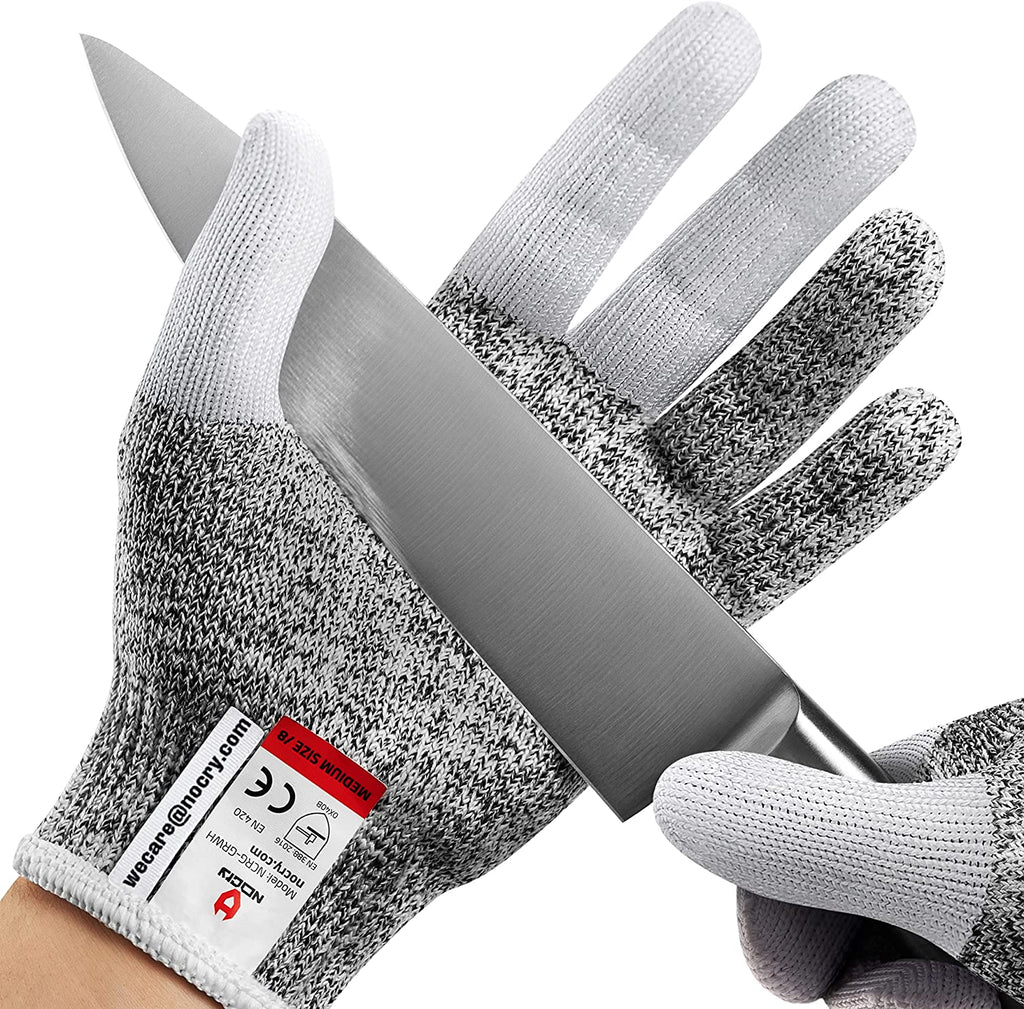Dealing with a deep knife cut can be a daunting experience, especially for kitchen hobbyists who are more prone to these types of injuries. Understanding the correct steps to manage the situation can make a significant difference in outcomes.
Let's journey through some crucial steps and insightful tips on how to deal with a deep knife cut effectively.

Understanding the Severity of a Deep Knife Cut
When to Seek Immediate Medical Attention
Not all cuts are created equal. A minor cut might only need a bandage and a bit of disinfectant. However, a deep knife cut often requires more comprehensive care. Heres when you should seek immediate medical attention:
- The cut is deeper than 1/4 inch.
- Bleeding doesn't stop after 10 minutes of direct pressure.
- The cut is on a sensitive area, like the face or joints.
- You notice signs of infection (redness, swelling, pus).
Why Immediate Care is Crucial
Immediate care can prevent further complications and infections. Deep knife cuts can damage tendons, muscles, and even nerves, requiring prompt professional medical intervention. Delaying treatment can lead to severe consequences, making the recovery process harder and longer.

First Aid Steps for Deep Knife Cuts
Stop the Bleeding
The first and most crucial step in dealing with a deep knife cut is to stop the bleeding. Apply direct pressure on the wound using a clean cloth or bandage. If the blood soaks through, dont remove the initial cloth but add more layers as needed. Elevate the injured part above heart level if possible, as this can help reduce blood flow to the area.
Clean the Wound
Once the bleeding has slowed or stopped, clean the wound gently with soap and water to remove any dirt or debris. Avoid using high-pressure water streams directly on the wound as this can cause further damage. Pat dry with a clean towel and be careful not to irritate the cut.
Apply Antiseptic
Applying an antiseptic to the cleaned wound can help prevent infection, which is a significant risk with deep cuts. Use products such as hydrogen peroxide or over-the-counter antiseptic creams. Avoid using alcohol directly on the cut as it can be painful and might damage the tissue.
Bandage the Wound
Cover the wound with a sterile bandage to protect it from dirt and bacteria. Ensure the bandage is snug but not too tight to impede blood circulation. Change the bandage daily or if it gets wet or dirty to maintain the cleanliness of the wound.

Monitoring and Post-Care of Deep Knife Cuts
Signs of Infection
Closely monitor the wound for signs of infection. Symptoms include increased redness, swelling, warmth, pus, and a fever. If any of these signs appear, seek medical attention immediately.
Keep it Dry
To aid the healing process, keep the cut dry. Water can introduce bacteria into the wound. When showering, cover the wound with a waterproof bandage.
Pain Management
Deep knife cuts can be painful. Over-the-counter pain relievers such as ibuprofen or acetaminophen can help manage pain and reduce inflammation. Avoid aspirin, as it can increase bleeding.
Prevention Tips for Kitchen Hobbyists
Use Proper Cutting Techniques
One of the best ways to avoid deep knife cuts is by using proper cutting techniques. Keep your fingers tucked in and out of the knife's path, and ensure your cutting surface is stable. For more on this, read cutting techniques.
Maintenance of Knives
Keep your knives sharp. A dull knife is more dangerous than a sharp one because it requires more force to cut, increasing the likelihood of slipping and causing injury. Regularly hone and sharpen your knives. Find out how to properly maintain your knives here.
Invest in Cut-Resistant Gloves
Cut-resistant gloves are an excellent investment for any kitchen enthusiast. They provide an extra layer of protection and reduce the risk of deep cuts significantly. For effective knife sharpness, check out knife sharpeners.
FAQ
What should I do if the bleeding doesn't stop?
If the bleeding from a deep knife cut doesn't stop after 10 minutes of applying direct pressure, seek medical attention immediately. Persistent bleeding can indicate a more severe injury and requires professional care.
How can I tell if my cut is infected?
Signs of infection in a cut include increased redness, warmth around the area, swelling, pus, and fever. If you notice any of these symptoms, consult a healthcare provider promptly.
Is it safe to use home remedies on deep knife cuts?
While some home remedies can help with minor cuts, deep knife cuts require more comprehensive care. It's essential to clean the wound thoroughly, apply antiseptic, and use sterile bandages. Avoid using home remedies that are not medically approved, as they can increase the risk of infection or further injury. For the best preventive tips, visit safe cutting.
For more detailed information on first aid for deep knife cuts, visit Mayo Clinic: First Aid for Cuts.
As an Amazon Associate, I earn from qualifying purchases.


























